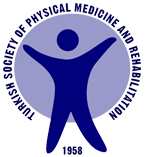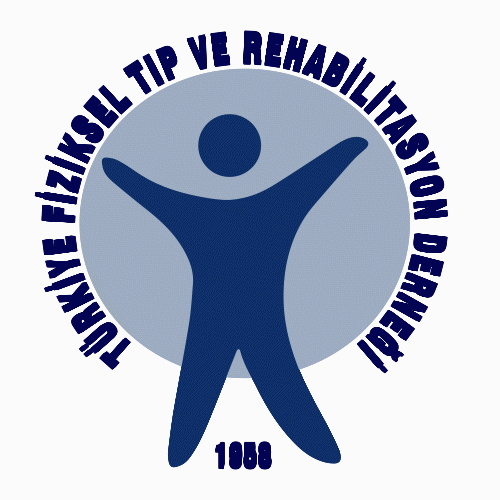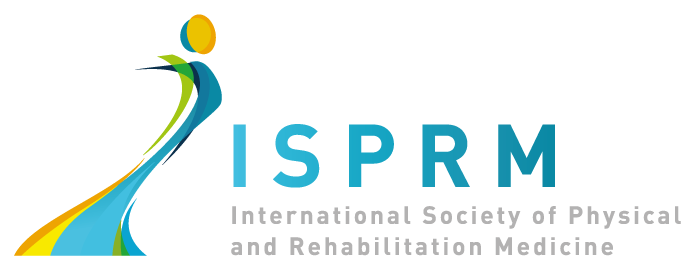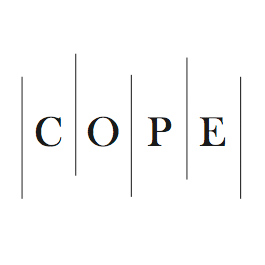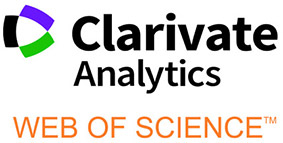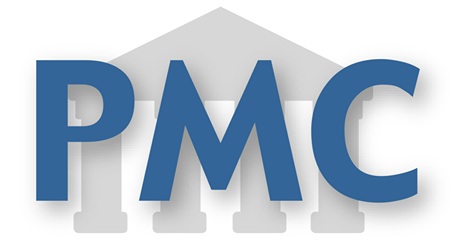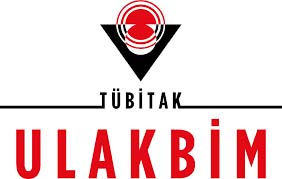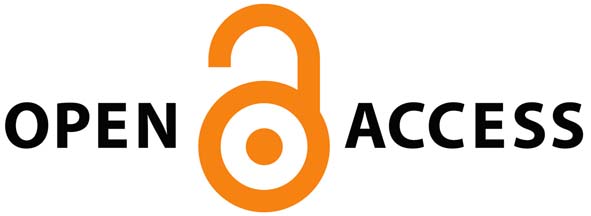The Demographic and Clinical Features of Children Attending the Cerebral Palsy Outpatient Clinic
2 İstanbul 70. Yıl Fizik Tedavi ve Rehabilitasyon Eğitim ve Araştırma Hastanesi 3. Klinik, İstanbul
3 İstanbul Fizik Tedavi Rehabilitasyon Eğitim ve Araştırma Hastanesi, İstanbul, Türkiye
4 Sağlık Bakanlığı İstanbul Eğitim ve Araştırma Hastanesi, Fizik Tedavi ve Rehabilitasyon Kliniği, İstanbul, Türkiye
Objective: The aim of this study was to determine the demographic features of patients with cerebral palsy (CP) attending the 3rd Physical Medicine and Rehabilitation outpatient clinic.
Material and Methods: The patients who had registered as cerebral palsy outpatient clinic at the Istanbul Physical Medicine and Rehabilitation Training Hospital between 2003-2006 years were included in the study. Age, sex, classification, etiologic factors and musculoskeletal deformities were evaluated. The study was planned as a descriptive research.
Results: One-hundred-thirteen CP patients with the mean age of 6.16±3.73 years (61 boys-52 girls) visited the clinic during the study period. The type of CP was spastic in 100 patients (88.50 %), dyskinetic in 7 (6.19 %) and mixed in 6 (5.31 %). The most frequent etiologic risk factors were asphyxia, low birth weight, preterm labor and postnatal convulsions. The highest frequency of comorbidities was found to be musculoskeletal deformities followed by speech-language pathologies and vision problems respectively.
Conclusion: For the early diagnosis of cerebral palsy, the etiologic factors must be well-known; thus, the follow-up visits are necessary. The treatment of cerebral palsy should be multidisciplinary and be continued throughout their lives.
Keywords : Cerebral palsy, demographic features